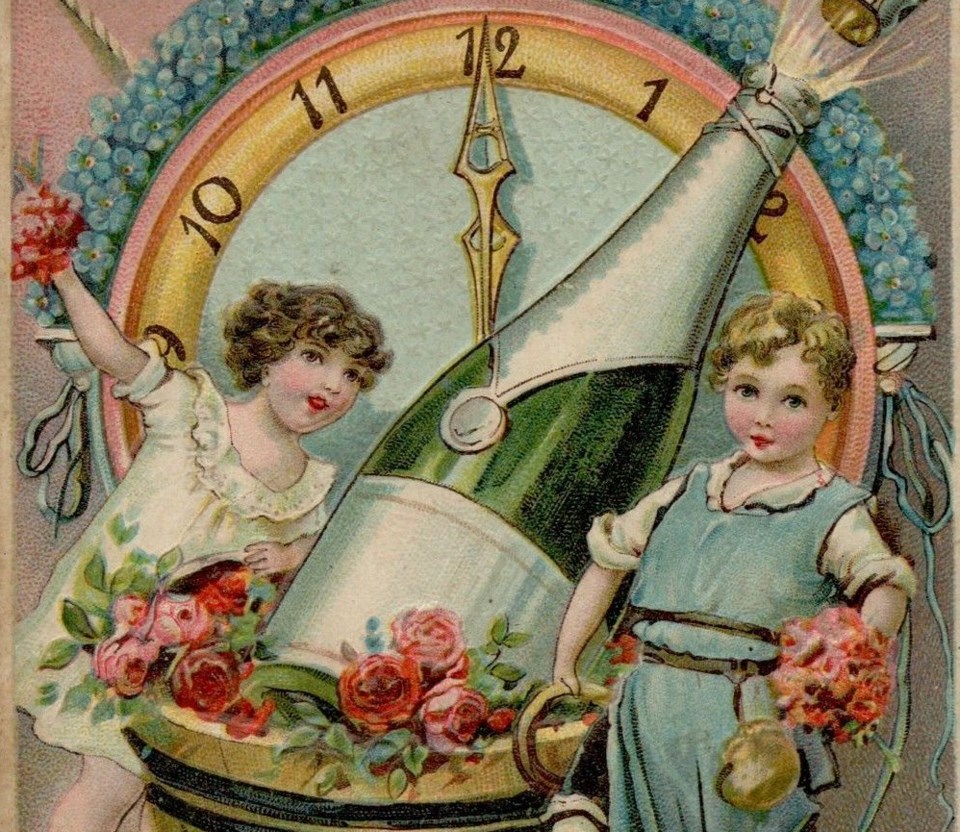We’ve been celebrating New Year’s for more than 2,000 years. Today, it’s entirely secular, an evening of partying. But until recently, the festivities were driven by spiritual significance rather than merely ringing in a new calendar.
The importance of New Year’s dates to Roman times, when it was a holy day on which it was customary to exchange gifts.
Early Christians assumed the pagan holy day and adapted to their own tradition as the Feast of the Circumcision, the day on which the infant Jesus was circumcised according to Jewish custom on the eighth day after his birth.
As a result, New Year’s continued to be a day of great significance and a time for giving gifts through the Middle Ages, especially to kings and nobles.
Because Christmas is a whole season, not just a single day, these gifts were still referred to as Christmas presents. Even as late as the 19th century, New Year’s was the day of gift giving in much of England, Canada, and the United States.
Indeed, giving presents of New Year’s was so commonplace that, throughout the 1800s, the poem, ’Twas the Night Before Christmas, was often amended to read as if the events took place on New Year’s Eve, with St. Nick exclaiming, “A happy New Year’s to all and to all a good night,” as he rode out of sight.
Sometimes these gifts were not given by the Jolly Old Elf, but by Father Time, Baby New Year, or even Mother New Year.
The practice of making resolutions for the new year is ancient. It was commonplace for citizens of the Roman Empire to make promises for the coming year.
Some historians assert the practice dates back thousands of years earlier, to the time when the Babylonian civilization was flourishing in what is now Iraq. It’s believed Babylonians made promises in order to earn the favour of the gods.
Since the early 1900s, however, the traditional significance of the day has rapidly diminished. Instead, it became a secular holiday celebrating the passing of an old year and the ringing in of the new one with all its possibilities.
